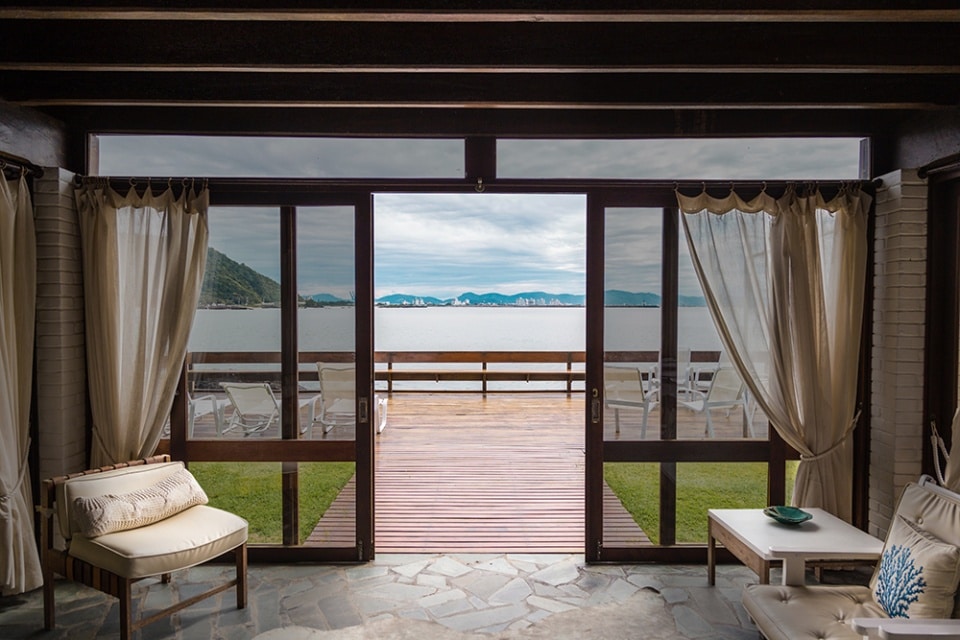Transitional tint film benefits
Comfort
The transitional tint reduces glare when needed, without fully blocking out the view. The advantage is when the tinting is not required, on a dull day or during the night, the tinting produced by the film is minimal, enabling a clear view through the window. When the sun’s rays intensify during a sunny day, the tinting effect works to reduce the glare and heat projected through the window. This greatly increases the comfort level without totally blocking the light like a blind does.
In a newly released study by Future Workplace entitled “The Employee Experience,” over half of the 1,614 North American employees surveyed said natural light and views of the outdoors were their most important office perks, ranking higher than onsite cafeterias, fitness centers, medical care and childcare.
Cost effectiveness
As the transitional window film reduces the level of heat projection, the cost of air conditioning is greatly reduced, resulting in a net-cost saving.
The film can also be used to help control hot/cold spots in buildings with reduced infrastructure and associated costs.

“While treadmill desks and nap pods sometimes get a lot of hype, the study clearly found that essential things such as optimized natural light and views are the most impactful and valued office perks. Employees say workplaces infused with daylight and views of the outside promote their well-being, engagement and productivity.”
Jeanne Meister | Founding Partner of Future Workplace
Safety
From the sun
UV-B causes sunburn, and prolonged exposure over many years has been linked to skin cancer, cataracts and other eye disorders. The increased total solar energy rejection (TSER) means that windows will project less infrared heat, reducing heat exhaustion from people inside, improving living comfort and working conditions.
From shattered glass
Every year, hundreds or thousands of people are hurt, injured or killed by shards of flying or falling glass. An added advantage of the Transitional Window Film is that it also acts like a blast film, improving safety from shards of broken glass. This helps to protect people and belongings near to glass by helping to prevent shards from flying away from the window and retaining the glass together. This is especially useful if a flying object strikes the glass, causing it to shatter.
It should be noted that Transitional Window Film is not a specific blast film and should not be relied upon for protection in high risk areas, such as places prone to hurricanes or earthquakes.

Pets
The film also protects pets as much as people. Reduced heat and glare will help protect your loved ones from the harmful effects of the sun’s radiation every time it is needed. Avoid the distress and expensive vet bills caused by heat exhaustion.
The film works whenever it is exposed to UV rays, so your pet will be protected – every time.
Convenience
A significant advantage of the film is how convenient it is. The photochromic process is automatic, requiring no input from a person or electrical system. With zero effort from a homeowner, worker, or member of the public, they will all be protected from the sun’s harmful rays. If a homeowner is leaving for a long trip and is concerned about the sun’s fading effect, they need not worry if their windows have transitional tint.

Protection from fading due to sun bleaching
The transitional tint helps protect fabric and wood furnishings, carpets, art and window displays from the effects of sun bleaching. There are four standard factors for fading colours including:
- UV light: 40%
- Visible light: 25%
- Heat: 25%
- Misc: 10% (including indoor artificial lighting, humidity, chemical vapours in the air and poor dye anchorage)
The sun bleaching effect is caused by the visible light, UV light and heat emitted by the sun causing and exacerbating a chemical reaction within the pigment. These three elements account for 90% of the effect of sun bleaching, all of which can be reduced and controlled using transitional tint. This provides a lower cost and very low maintenance method of managing the effects of fading from sun bleaching.
The cost of repair and replacement for items and structures affected by fading is also greatly reduced.

